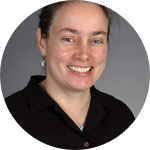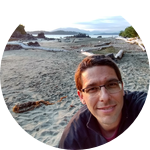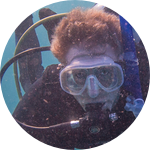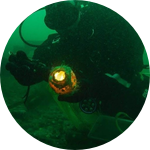About This Project
Surprisingly, it has yet to be shown if octopuses can use odors to find food, it is often assumed that they can. We are investigating odor tracking in Octopus rubescens by observing them searching for food in a flume in the dark under consistent bulk flow conditions. This basic behavioral ecology research aims to fill a significant assumption gap in the current understanding of octopus chemosensory ecology. We need help paying for a scanning sheet laser to visualize flow.
Ask the Scientists
Join The DiscussionWhat is the context of this research?
The neural architecture of Mollusca began diverging in the pre-Cambrian from their common ancestor with Vertebrates and Arthropods. The use of chemosensory organs in navigation has even been hypothesized by some to have driven the evolution of early evolved brain structures. Cephalopods appear to lack glomeruli entirely, and likely use divergent strategies for integration of chemosensory information from arthropods and vertebrates. Recently it was shown that they have a unique class of chemo-receptors in their suckers. The scope of basic research on Octopus chemosensory ecology is limited. Our work is fundamental to understanding a basic aspect of octopus chemical ecology.
What is the significance of this project?
Practically all motile organisms, from bacteria to complex multicellular lifeforms, orientate to and track chemical gradients or plumes; this ability likely played a significant role in determining the fitness of early Bilaterians. There is currently an assumption in the literature on octopus olfaction. First, that octopuses can track plumes and second that their olfactory organs are used to do it. Understanding the sensory ecology of organisms including how they use olfactory cues is important to improve interpretations of their role within ecosystems. This work will be part of the story describing the octopus chemosensory landscape. With hundreds of chemosensitive suckers and associated network of sucker ganglia the octopus chemo-sensory system is worth understanding.
What are the goals of the project?
Using DeepLabCut a python deep learning tool for markerless tracking of animal posture, laser sheet flow reconstruction, and a wide and long flume we can parameterize postures and trajectories, overlay them on a reconstructed plume and investigate our assumptions using non-invasive observations. By repeatedly watching search strategies of octopuses in presence and absence of an odor plume we can see if octopuses use odor cues to find food. Using the scanning sheet laser system funded by this project we will for the first time use state of the art flow imaging techniques to investigate the chemical ecology of octopus.
Budget
We are conducting the work on San Juan Island at the University of Washington, Friday Harbor Laboratories. The laboratories have a open circuit seawater system that allow us to care for native species of octopus and do high throughput behavioral ecology studies while operating on a shoe string budget. We collect local species of octopuses using open circuit SCUBA. To the best of our ability we then live release them. This summer we built a large and shallow turbulent flume to simulate naturalistic flow conditions. We would like to build a scanning sheet laser system so we can digitize flow conditions within the flume. A critical component of understanding how organisms use the information in odor plumes is being able to describe the plumes with a high degree of numerical accuracy. This scanning sheet laser system will enable us to describe the flow within our flume and shine light on information integrating mechanisms used by octopuses.
Endorsed by
 Project Timeline
Project Timeline
Over the course of winter and spring 2021 we will order parts for the scanning sheet laser system and build it. During the summer of 2021 we will use the laser to digitize flow conditions within our flume and overlay that data upon our labeled data of octopus motion.
Dec 01, 2020
Project Launched
May 31, 2021
Build and test scanning sheet laser system
Aug 31, 2021
Digitize flow conditions within the flume and overlay the digitization of flow on our labeled data of octopus motion.
Meet the Team
Willem Weertman
Willem is a Masters of Science in the Environment student at Alaska Pacific University. He got a Bachelors of Science in Oceanography and a minor in Marine Biology at the University of Washington. He has been returning to the Friday Harbor Laboratories annually since 2017. His primary advisor is Dr. David Scheel at Alaska Pacific University who has been studying octopus ecology for more than two decades. For his Masters Thesis Willem is investigating octopus odor tracking at the Friday Harbor Laboratories.
Venkatesh Gopal
Dr. Gopal has extensive experience—including postdoctoral research at Massachusetts Institute of Technology (MIT) and Northwestern University—in classical and quantum optics, quantum information processing, and neuroscience. His current research interests lie in understanding how biological systems process sensory information, with an emphasis on how possibly “optimal” movement strategies emerge to gather information efficiently.
Additional Information
The octopus Slaanesh foraging in the dark finds a piece of shrimp from one of three possible locations on the first try. In the flume tank water moves from right to left, the space is in a black out tent and illuminated by near-infrared lamps invisible to the eye but not cameras.
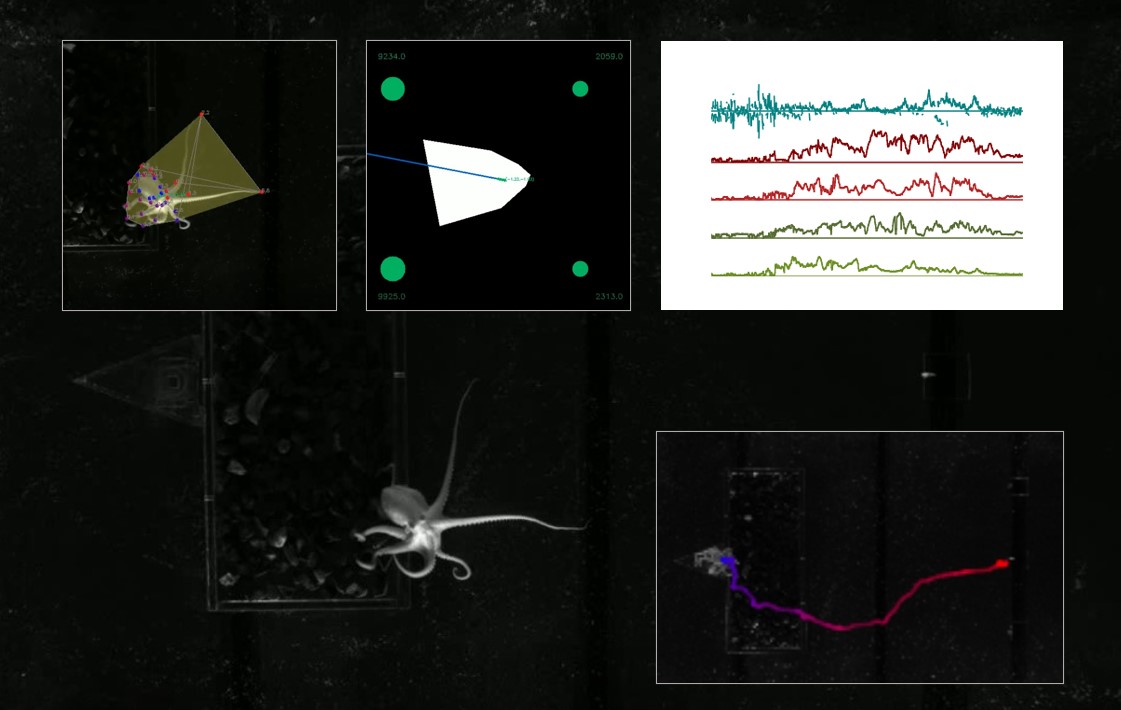
Example of what can be tracked by a custom trained markerless pose estimator DeepLabCut model. In the top left you can see the convex hull of the points predicted by the model. Top middle is the convex hull rotated into the reference frame of the octopus. Top right shows a plot of the center of mass velocity on top and the area of the convex hull of the four quadrats around the octopus, forward left, forward right, back left, back right. Bottom right is the trajectory taken by the octopus during a short sequence of motion thought to be odor tracking.
Above video is shows an octopus tracking an odor plume with some overlaid data. Convex hull (yellow polygon) of predictions created by DeepLabCut. A green arrow indicates the velocity vector for the moment to moment motion of the mean location of the eye predictions. A jagged blue curve describes the area the convex hull, a yellow curve overlaid upon it shows the a linear generalized additive model (GAM) tuned and fitted to the area curve. A small dot changes from red to white and back as the area of the convex hull as fitted by the GAM increases and decreased.
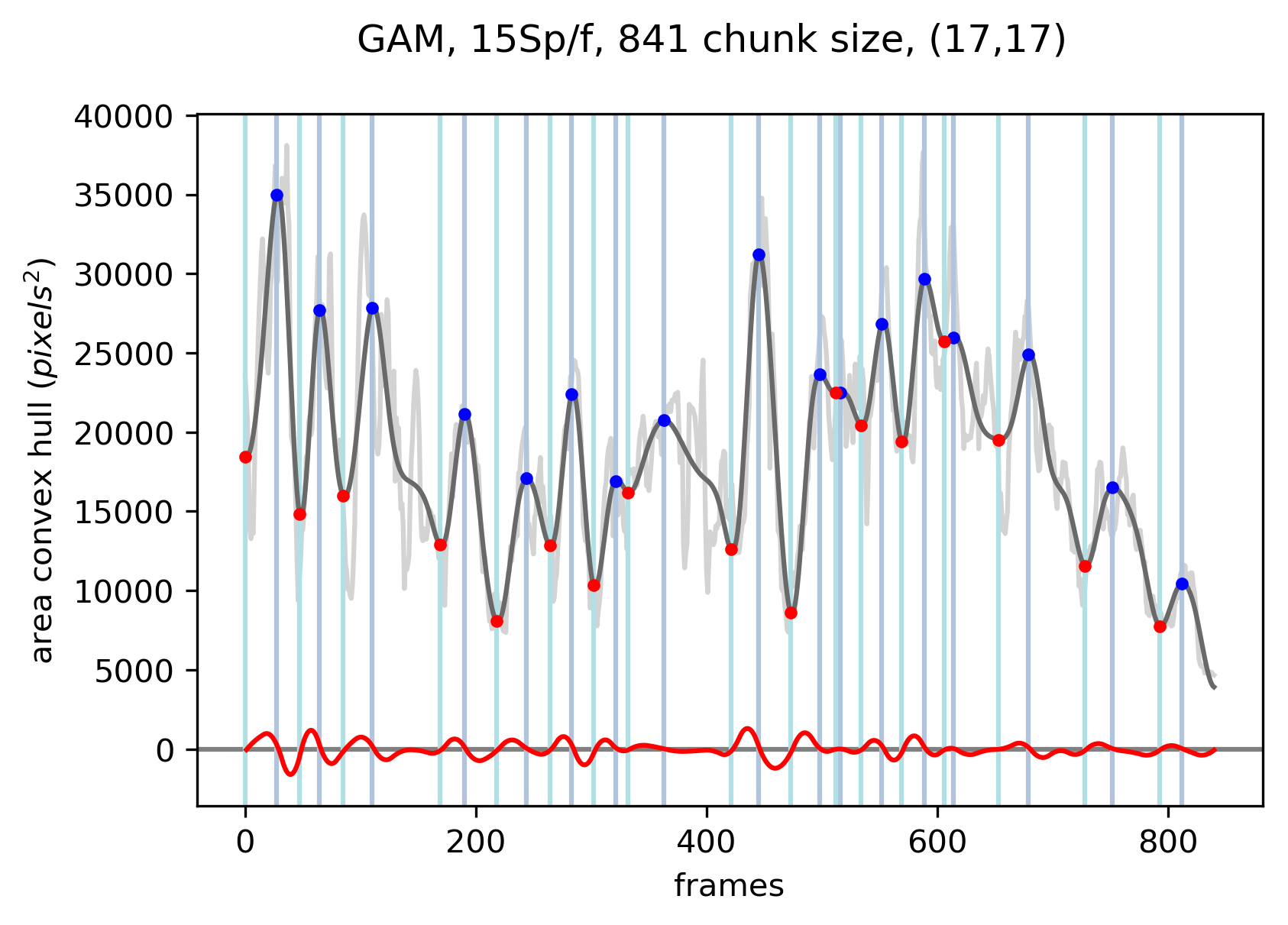 This graph shows the area of the convex hull in the video above fitted by a GAM. the light gray is the area of the convex hull and the dark grey is the GAM. The red line is the slope of the area of the GAM. Peaks and valleys are marked by blue and red respectively. The pulsing nature of the reach of an octopus is clearly visible in this graph.
This graph shows the area of the convex hull in the video above fitted by a GAM. the light gray is the area of the convex hull and the dark grey is the GAM. The red line is the slope of the area of the GAM. Peaks and valleys are marked by blue and red respectively. The pulsing nature of the reach of an octopus is clearly visible in this graph.
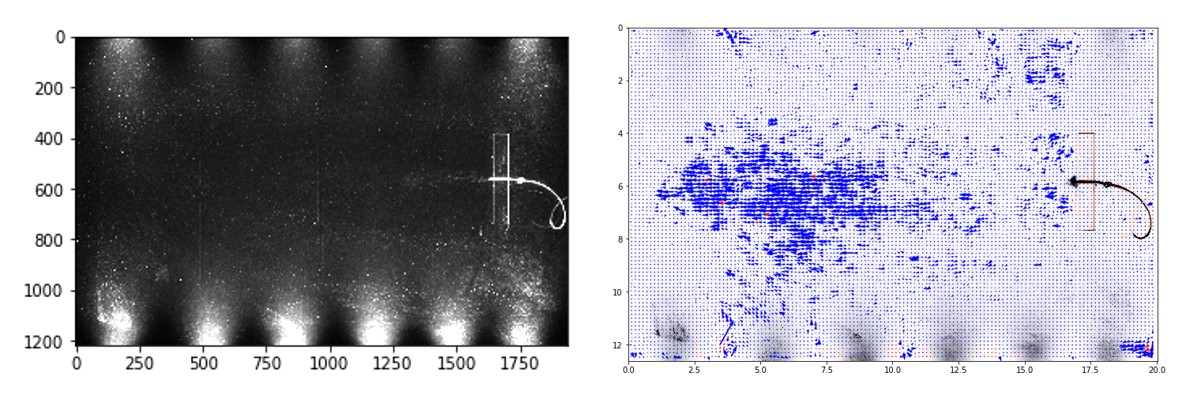 Above image showing one of many failed attempts to use bright field illumination and the open source python library OpenPIV to digitize flow of an injected odor plume within the flume. Particle imaging velocimetry (PIV) requires use of a laser sheet to be accurate.
Above image showing one of many failed attempts to use bright field illumination and the open source python library OpenPIV to digitize flow of an injected odor plume within the flume. Particle imaging velocimetry (PIV) requires use of a laser sheet to be accurate.
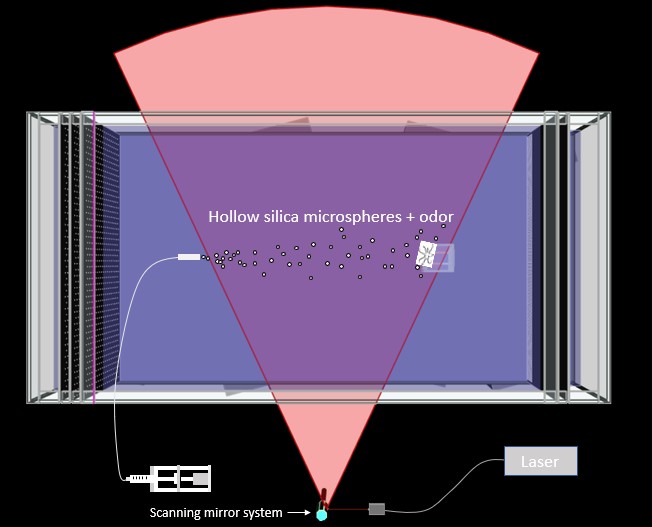
The proposed scanning sheet laser system we would like to build to digitize the odor plumes within our plume. The system consists of a laser source, a fiber optic beam delivery system for the laser, and a precision rotating mirror system.
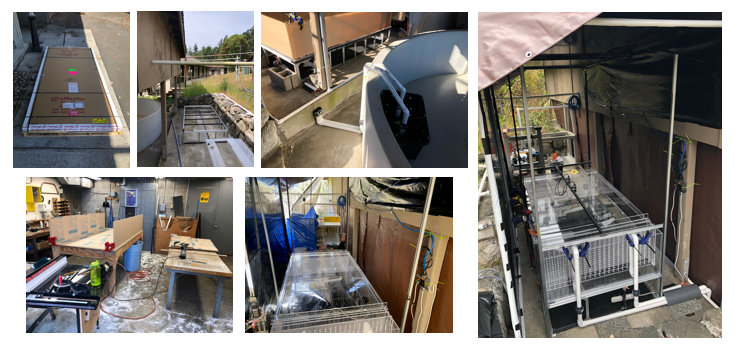
Photos of the flume being constructed. The scanning sheet laser is to be built for use in this flume.
Project Backers
- 25Backers
- 101%Funded
- $4,757Total Donations
- $190.28Average Donation


